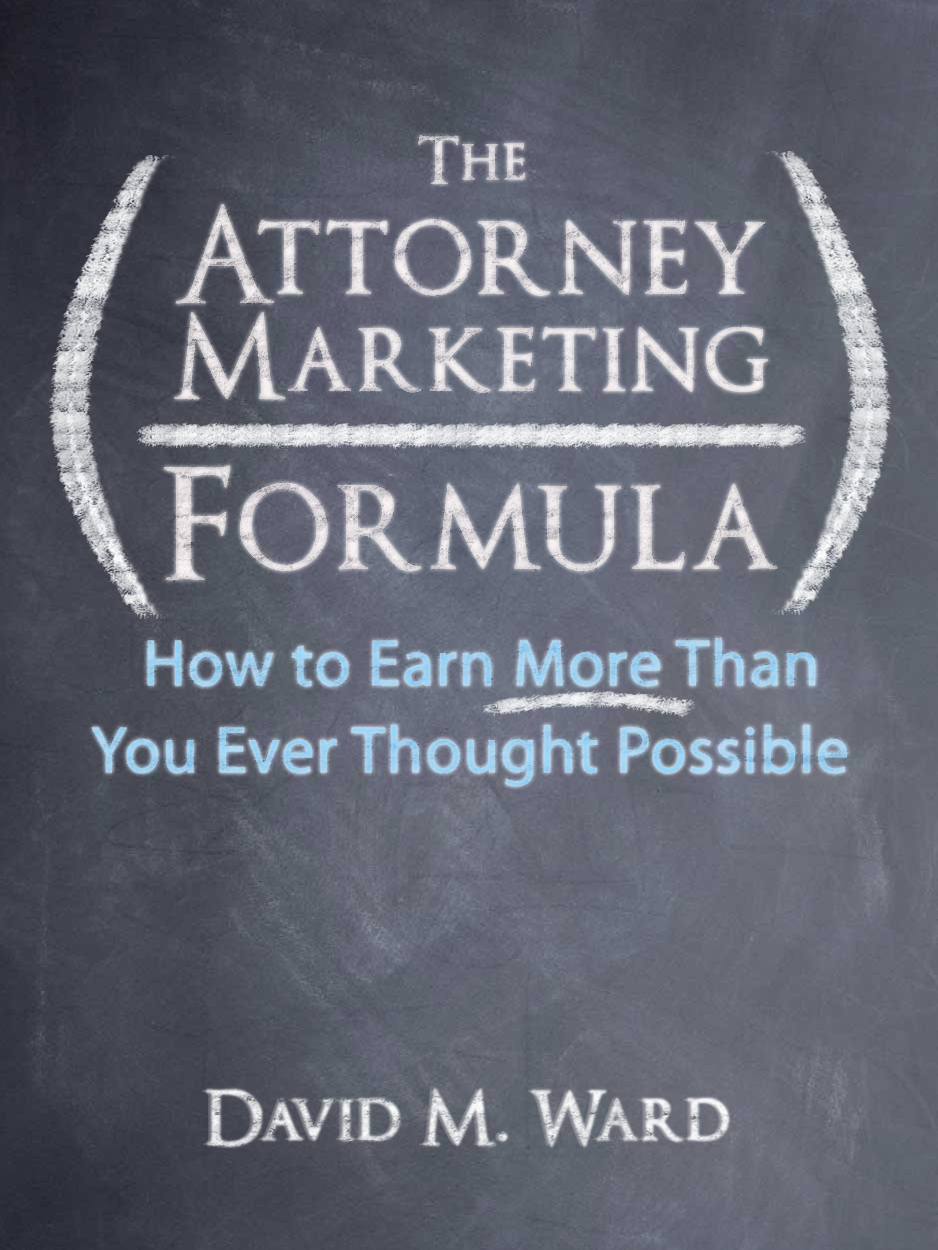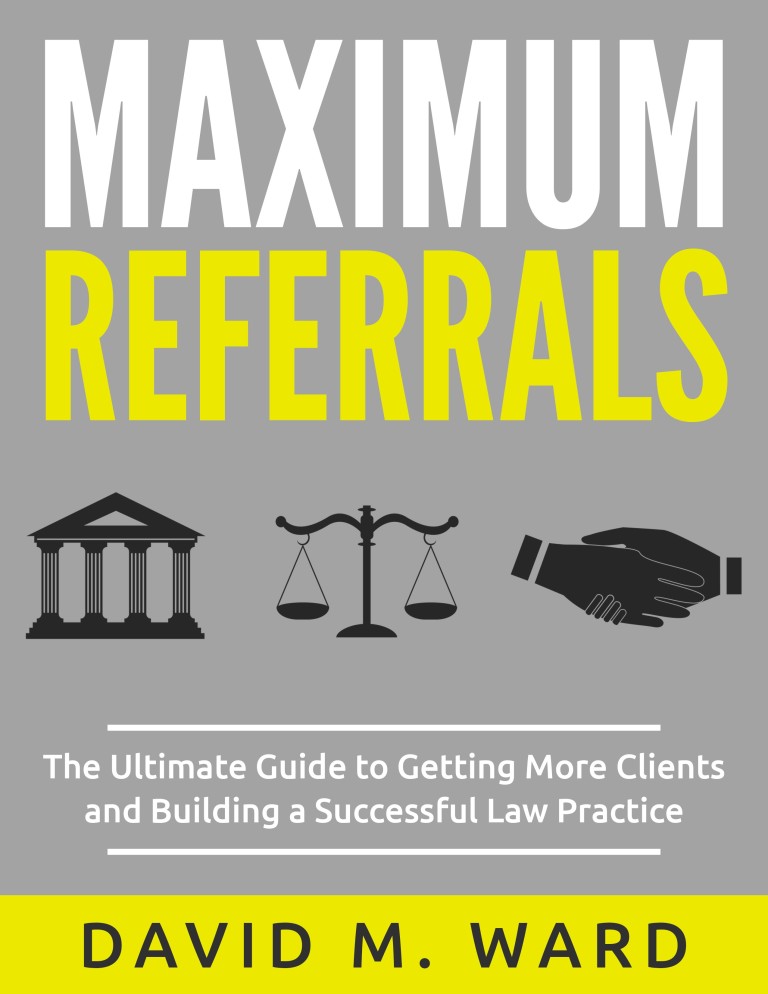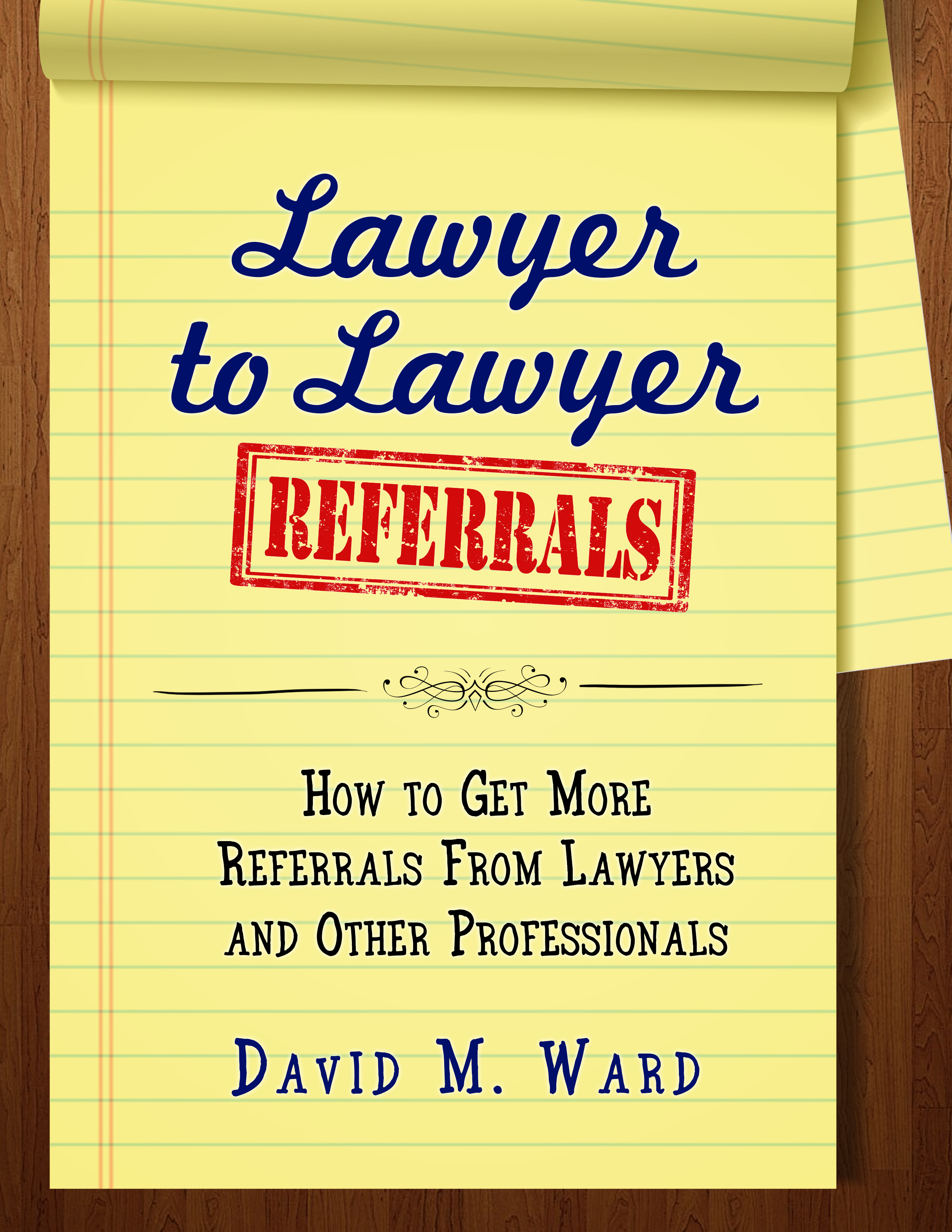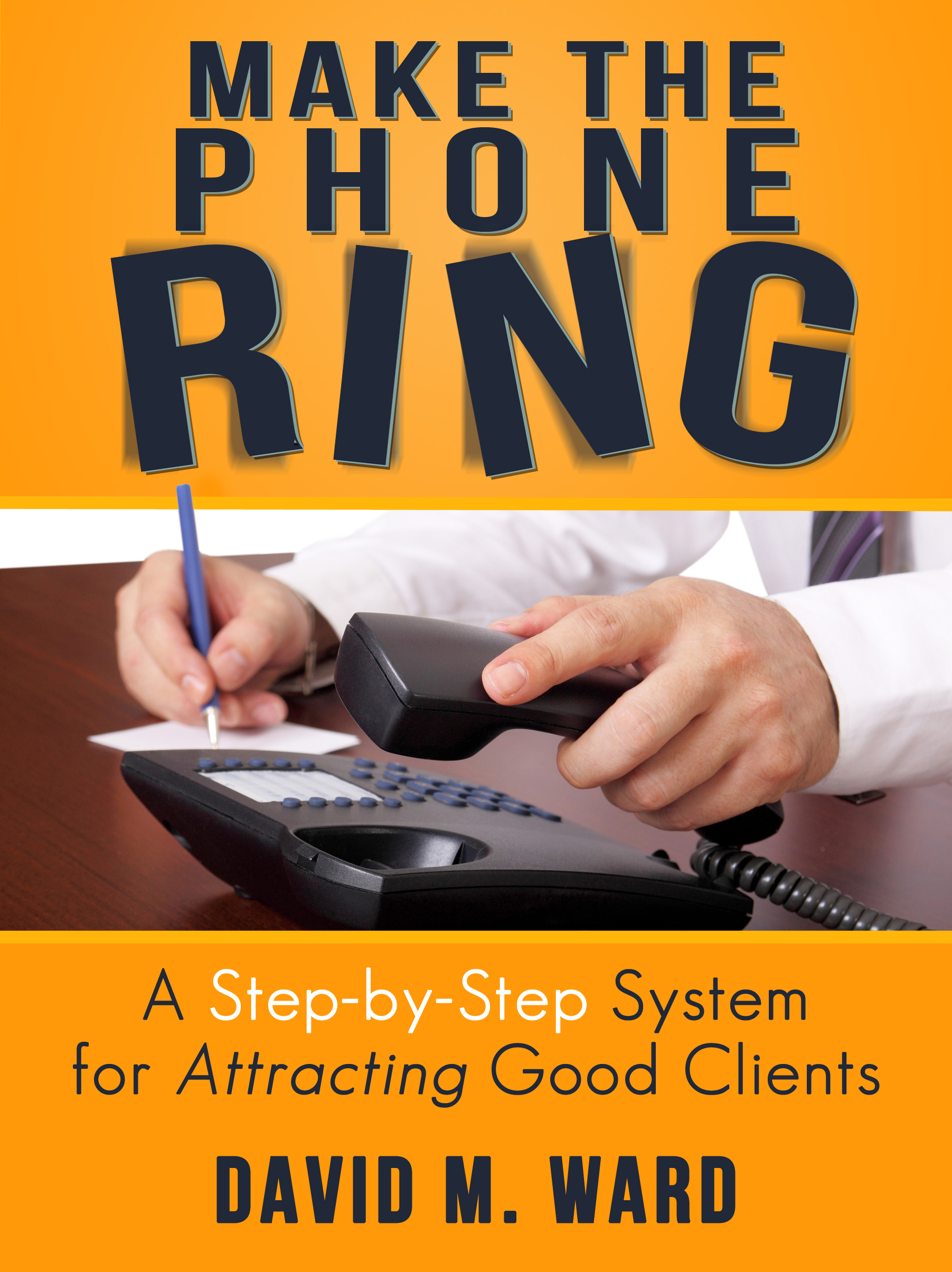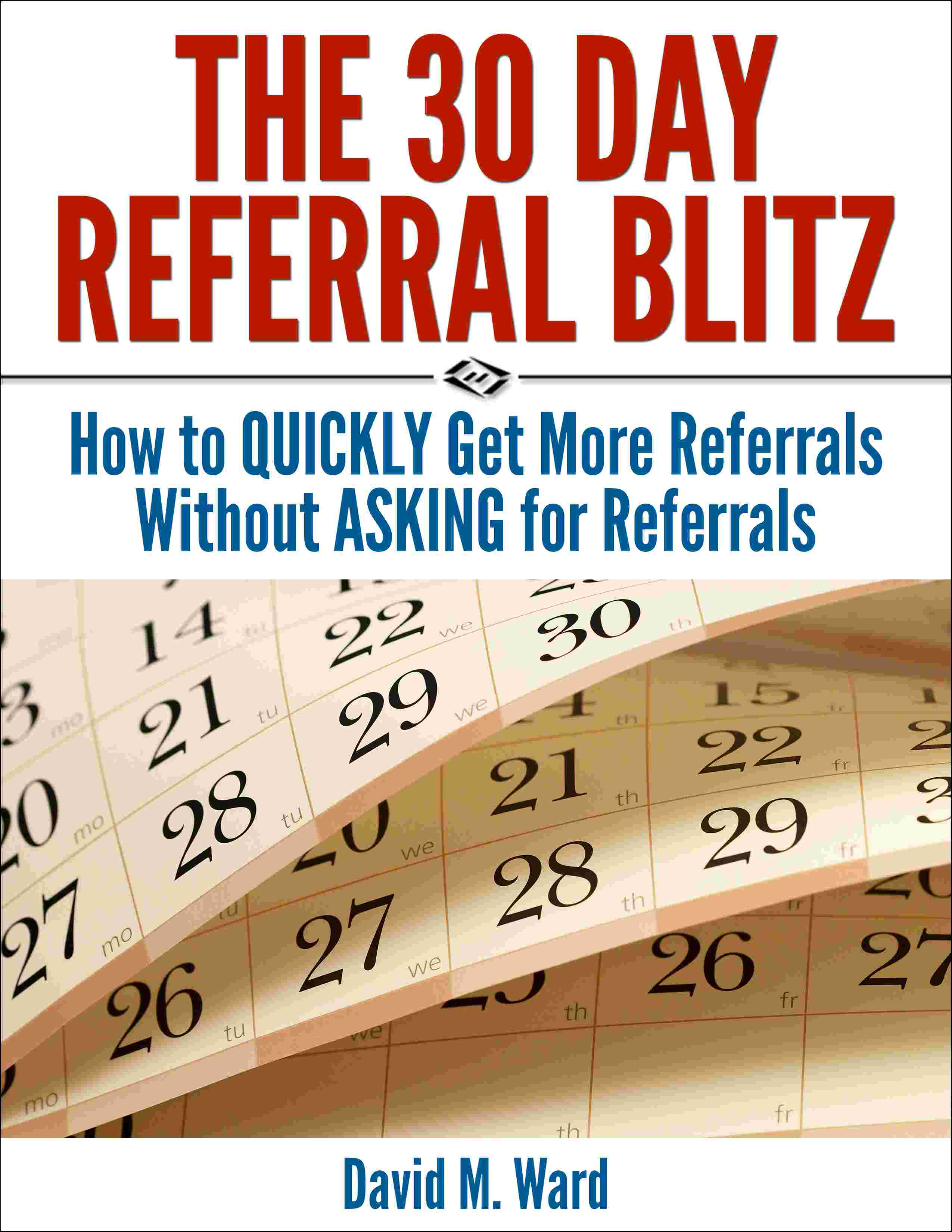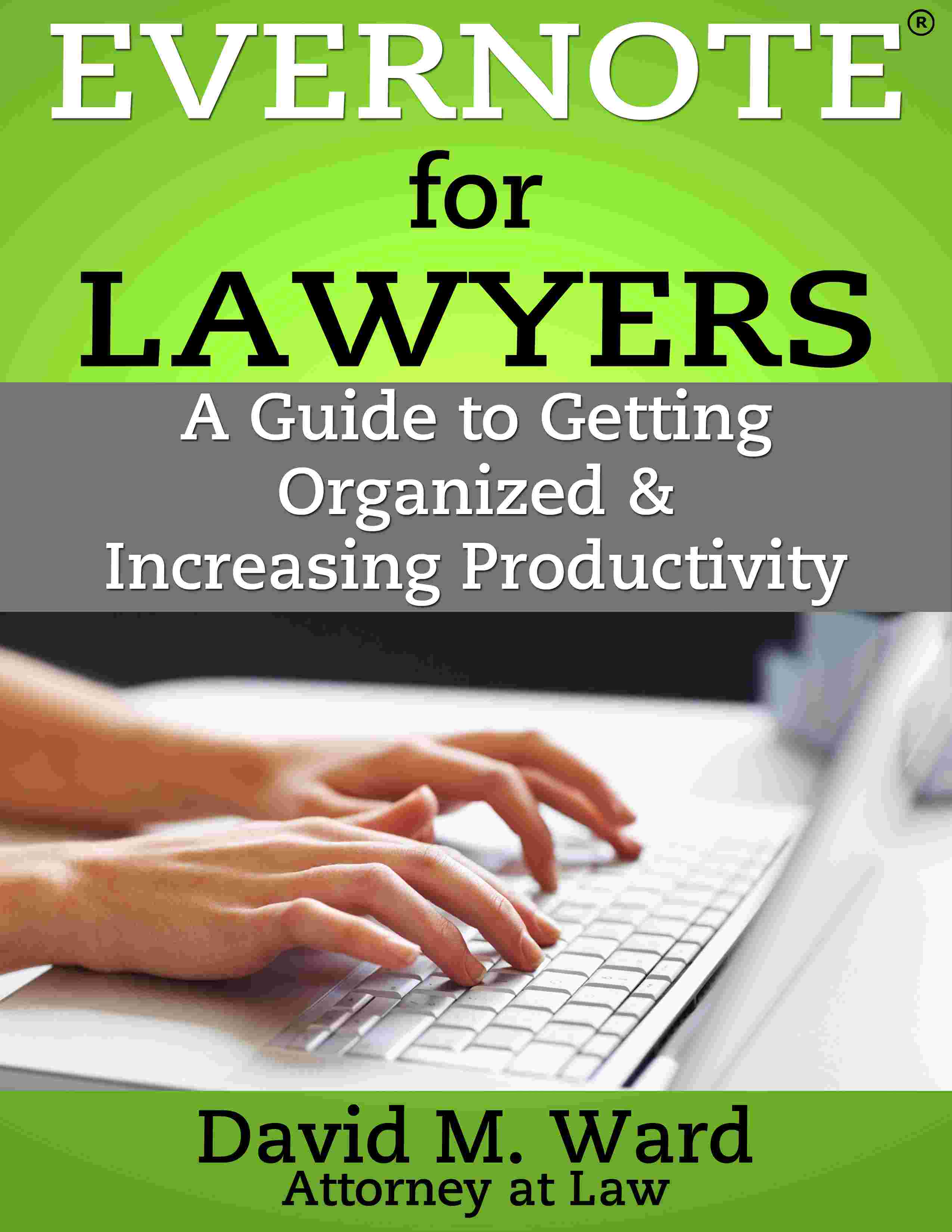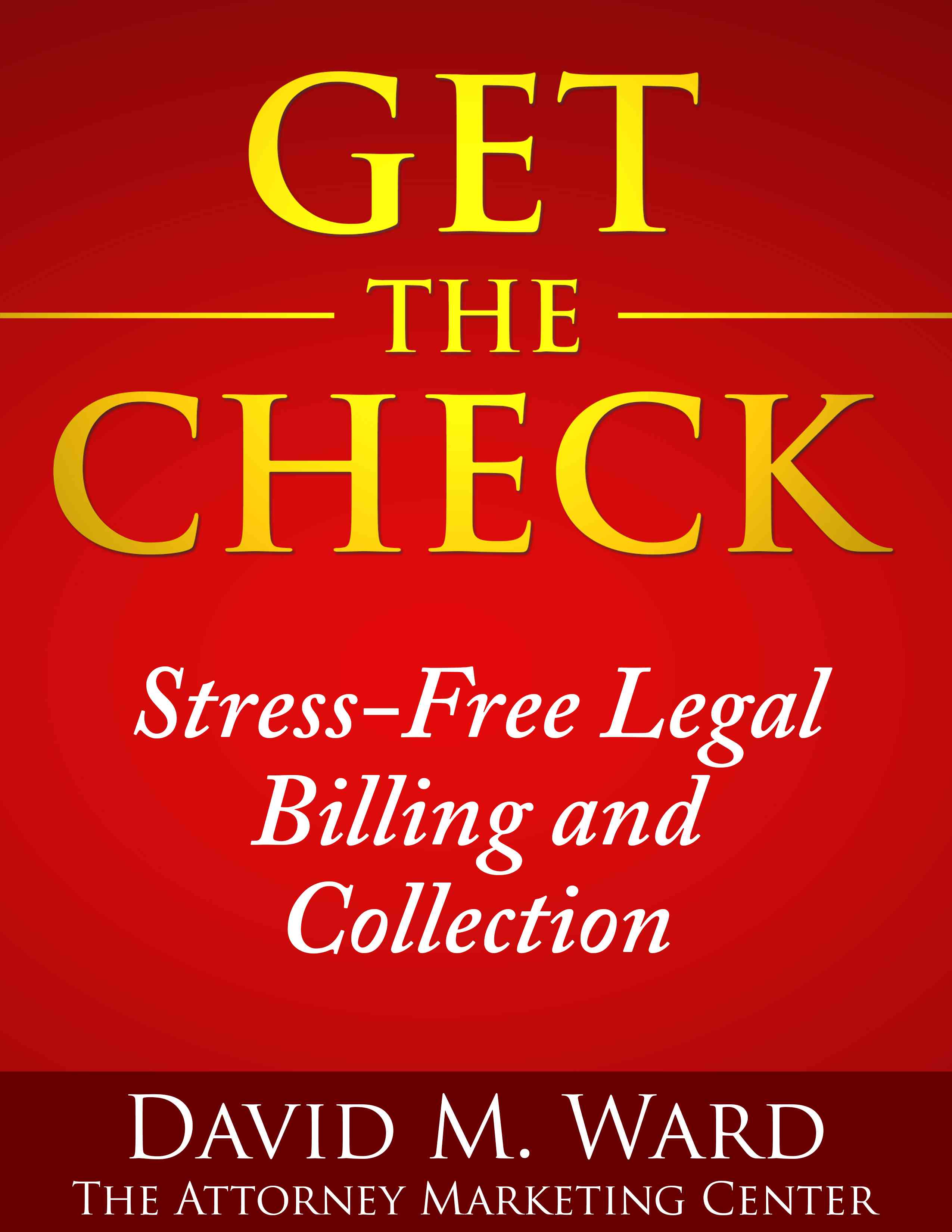![]() LinkedIn studied 135 million user profiles and released their second annual list of the top ten “overused buzzwords”. Here is the list for the US:
LinkedIn studied 135 million user profiles and released their second annual list of the top ten “overused buzzwords”. Here is the list for the US:
- Creative
- Effective
- Organizational
- Extensive Experience
- Track Record
- Motivated
- Innovative
- Problem Solving
- Communication Skills
- Dynamic
If you’re grimacing because you used one or more of these words, relax–it’s okay. In fact, using some of these words is probably a good idea. Here’s why:
- These words are overused for a reason: they are associated with positive attributes, the kinds of attributes people looking at profiles expect to see.
- If you didn’t include these words, people may wonder why. “What, you’re not creative?”
- People who use Linkedin profiles for hiring run through them quickly, like resumes, looking for reasons to reject a candidate. If a profile doesn’t have the basics, it may be rejected for that reason alone.
- Nobody pays attention. Profiles are skimmed, not read, at least initially, and most of what’s in a profile doesn’t matter. It’s like wallpaper–you would notice if the walls were bare or they were covered in red velvet, but you pay no attention to “regular” wallpaper (unless you’re a designer).
- Giving people what they expect to see, albeit with overused buzzwords, makes them comfortable, but it won’t get you the job or the client. Don’t limit your profile to the banal, flesh out your profile to show the uniqueness you offer.
- Nobody believes you. You can say what you want about yourself but what really counts is what others say about you, so make sure you have “recommendations”. It’s the most read and most persuasive part of your profile.
What’s the opposite of boring? Flamboyant? Loud? Exciting?
When people are looking to hire an attorney, I think being a little boring is actually a good thing.








